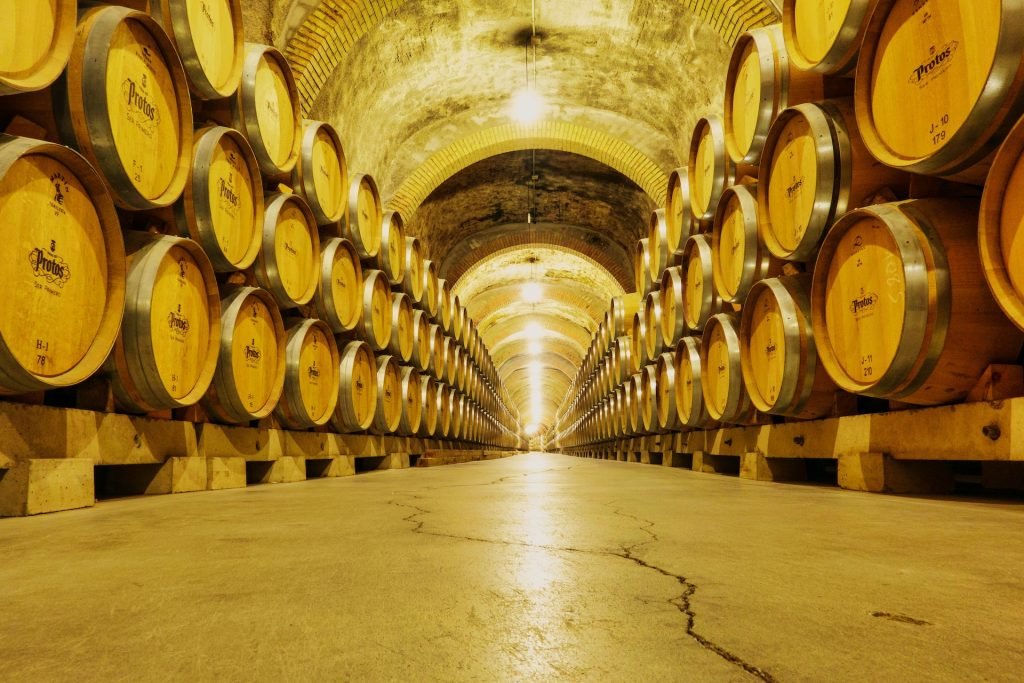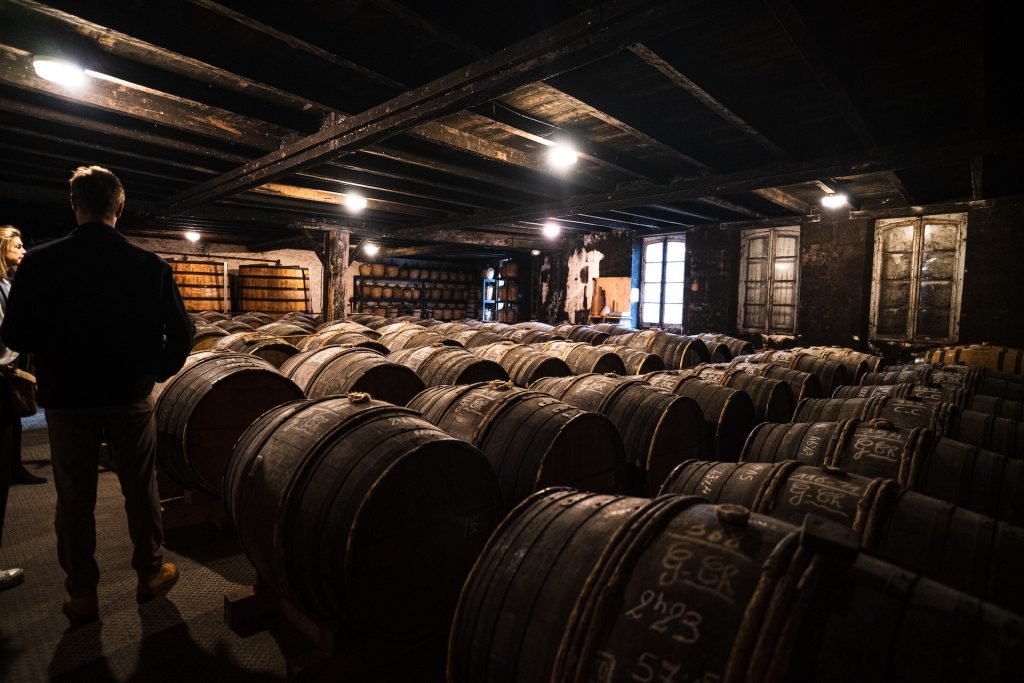Napa Valley is home to some of the world’s most exquisite wines. The region’s fertile soils, sunny climate, and expert winemakers make it an ideal location for producing high-quality wines.
In this guide, we’ll explore the wine-making process in Napa Valley, from grape to bottle.
Harvesting
The first step in the wine-making process is harvesting the grapes. Grapes are usually harvested in the early morning hours to ensure that they are cool and crisp.
They are then sorted by hand or by machine to remove any damaged or unripe grapes.
Crushing and Destemming
Once the grapes have been sorted, they are crushed and destemmed. This process separates the grapes from the stems and releases the juice.
Traditionally, grapes were crushed by foot in large barrels, but today, most wineries use machines for this step.

Fermentation
After the grapes have been crushed and destemmed, they are placed into fermentation tanks. Yeast is added to the tanks to begin the fermentation process.
During fermentation, sugar in the grapes is converted into alcohol, creating the base for the wine.
Pressing
Aging
Aging is a critical step in the wine-making process, as it allows the wine to develop its flavor and complexity. The wine is aged in oak barrels for several months to several years, depending on the type of wine being produced.
During this time, the wine is regularly tasted and tested to ensure that it is developing properly.

Blending
After aging, the wine is blended. This step involves combining different wines to create a unique blend.
Winemakers carefully select the wines they want to use and experiment with different combinations until they find the perfect blend.
Bottling
Once the wine has been blended, it is time for bottling. The wine is transferred to bottles, which are then corked and labeled.
Bottling is usually done with the help of machines, but some wineries still prefer to bottle by hand.

Aging in the Bottle
After the wine has been bottled, it is stored in a dark, cool place to age further. Some wines are aged for several years in the bottle before they are ready to be consumed.
Conclusion
The wine-making process in Napa Valley is a labor of love that requires skill, patience, and dedication. From harvesting to bottling, each step in the process is carefully monitored to ensure that the wine produced is of the highest quality.
If you’re a wine enthusiast, a trip to Napa Valley is a must-visit destination to explore and taste the many wines that this region has to offer.





